INDY FILMMAKING SUCCESS (Part 3): THE “SHOT-FOR” $20K-$30K FEATURE (It’s In-The-Can)
by Dov S-S Simens on November 18, 2015
THE $20,000-$30,000 FEATURE FILM
Prior posts were about the “1,000-$10,000″ Real-Time Feature and the $30,000-$50,000” 1-Week Feature. Now, let’s analyze the $20,000-$30,000 Shot-For Feature.
$20,000-$30,000 was the budget for “Clerks”, “El Mariachi”, “Paranormal Activity” as, upon theatrical distribution, it was marketed as a Shot-For Feature Film… With, “Shot-For” being the key phrase.
Why?
Because “Shot-For” is the heard after someone states a movie’s micro-budget of “$20,000 to $30,000” but in reality it wasn’t 100% finished from idea–to prep-to shoot-to post for $20,000-$30,000…. It was only Shot-For $20,000-$30,000.
Now, let’s assume you have $20,000-$30,000 to make a 90-minute, narrative feature film what (A) camera format do you use, (B) how long is the shoot, (C) what type of script do you make, (D) what do you do with Guilds & Unions, (E) what size is your crew, (F) what do you pay crew, (F) what about post-production, (G) how about locations, food, equipment, permits, insurance…
Stop: Permit me to explain, and remember the phrase “Shot-For” and remember “I give No-Bull” so it’s all common sense filmmaking facts.
“EL MARIACJI” was “Shot-For”20,000-$30,000.
“CLERKS” was “Shot-For” $20,000-$30,000.
“PI” was “Shot-For” $20,000-$30,000.
“IN THE COMPANY OF MEN” was “Shot-For” $20,000-$30,000.
“BLAIR WITCH PROJECT” was “Shot-For” $20,000-$30,000.
“PARANORMAL ACTIVITY” was “Shot-For” $20,000-$30,000.
“SHOT-FOR”, “SHOT-FOR”, “SHOT-FOR” what the heck is this phrase.
Answer is pretty simple.
When someone makes a feature film, and the budget is extremely minimal, then the producer or director when asked “What was your budget” by press at a film festival panel, always kicks-in hype and pushes the budget down (deflates the budget) to as miniscule a number as possible, creating a marketable ploy, and proudly claims it was “SHOT-FOR”… which (insert) is usually a number close to $20,000.
Now, everyone thinks “This person is amazing… look what he/she did for only $20,000”.
Yes, there is a little misleading going on here…and…Welcome to Hollywood and what they are clearly telling you is that they spent $20,000 to shoot a movie…
Again, focus on the phrase “Shot-For”.
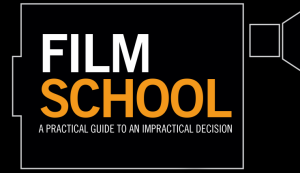 (FOOTNOTE: UCLA, USC, NYU & AFI traditional film schools do not teach No-Budget ($1-20K), Micro-Budget ($20-100K) or Low-Nudget ($100-$1,000K) filmmaking in depth, which is a strong focus of HFI’s “2-Day”, “DVD” & “Streaming” film school programs)
(FOOTNOTE: UCLA, USC, NYU & AFI traditional film schools do not teach No-Budget ($1-20K), Micro-Budget ($20-100K) or Low-Nudget ($100-$1,000K) filmmaking in depth, which is a strong focus of HFI’s “2-Day”, “DVD” & “Streaming” film school programs)
Once again, they are clearly stating what they/he/she spent to shoot-the-movie.
They/he/she are not lying and thus they/he/she is still permitted to go to heaven.
However, they/he/she did not say that they/he/she made the movie for $20,000…
They/he/she says they/he/she SHOT-THE-MOVIE (aka: Shot-For) for $20,000…
There is a big difference between “Made-For” and “Shot-For”.
$20,000 for a 1-week shoot to pay for crew & equipment, actors & food but none of that money went to lab, to post production, to music/score, to audio tracks, to insurance, to… etc.
It was Shot-For… Get it?
They are not saying what it was Made-For or the Total Budget is or was to finish the film and get a DCP to submit to Film Festivals.
Reason? Answer… they are marketing and they are now actually deflating the budget to make it more marketable.
99.9% of the time Hollywood (the major studios) love to inflate the budget and announce massive budget like $100-$200 Million or as Cameron is now doing on the next “AVATARS”… where he’s actually announced the budgets will amount to over $1 BILLION bucks. (give me a break).
Back to the Point: Hollywood (studios) like to inflate budgets to create a marketing concept and Independents (first-timers) like to deflate budgets to create a marketing concept.
WHAT IS “SHOT-FOR”?
Quite simply “Shot-For” is the amount of money that was spent to physically do a 1-week shoot. Cast, Rehearse, Rent Camera, Secure Location, Hire small Crew, Pay actors, Feed everyone, Rent/Buy a couple of props and Pay for nominal wardrobe.
What “Shot For” is not, is the budget (aka: amount of money) that it truly cost to make the movie (the final print or DCP) that you are viewing at a movie theater.
“Shot-For” does not include (A) Lab Bill, (B) Equipment Return Costs, (C) Insurance, (D) Editing, (E) Music,, (F) ADR, (G) Foley, (H) Re-Recording Session, (I) M&E Track,, (J) Final Print, (K) E&O Insurance, etc.
“EL MARIACHI” was “Shot-For”, “CLERKS” was “Shot-For”. “BLAIR WITCH” was “Shot-For”. “PARANORMAL ACTIVITY” was “Shot-For”….
I think you’re getting the point.
THE $20,000-$30,000 “SHOT-FOR” FEATURE FILM
So how does this $20,000-$30,000 actually get spent?
FIRST: SCRIPT ($100-$200): Why $100-$200. Simple. Because you wrote it yourself and spent that amount of money on (A) Paper, (B) Printer Cartridge and (C) Software (Final Draft or Celtx)
SECOND: CAST ($2,000-$2,500) 6-8 Actors for 1-week (7-Day Shoot) at $500/week for Actor #1 and Actor #2 (aka: The Stars); $300 for Actor #3 (3-Day hire at $100/day), $400 for Actors #4 & #5 (both 2-day hires at $100/day) and $300 for Actors #6, #7 & #8 (each 1-Day hires at $100/day)
THIRD: SHOOT/LOCATION ($1,000-$2,000): Plan for 1-week at a single location or at the most at 2-3 locations within 3-4 blocks of each other. Spend $100-$200/day
FOURTH: CREW ($8,000-$9,000): For a 10-12 person Crew needed for 1-week, to include DP ($1,500), CO ($750), PM ($1,000), AD ($500), PD ($1,000), PD’s Assistant ($350), Sound Tech with Equipment ($1,000), Grip/Gaffer with equipment & Best Boy ($1,500), 4 PAs with trucks or vans ($250 each, $1,000)
FIFTH: CAMERAS ($3,000-$4,000): 2 Red 4K Cameras with lenses & monitor
SIXTH: EQUIPMENT ($0-$1,000): Soundman comes with Sound Equipment; Grip/Gaffer comes with the Lights, a Dolly & Generator (if needed). The $1,000 is budgeted for miscellaneous Hard Drives, Backups, Dollies, etc as needed
SIXTH: EXPENDABLES ($1,000-$2,000): Bunch of one-time-only stuff that the DP, CO, PM, PD, Grip & Gaffer might need such as Batteries, Filters, Gels, Tape, etc. Most of the time these key crew people have their own kits loaded with expendable so prior to hiring a Key ask him/her about their Kit and let them know that you assume they bring their kit to the set.
SEVETNTH: WARDROBE (0-$1,000): Wardrobe is contemporary and actors bring their own which you approve of during casting. At most an additional $1,000 might be needed for Sewing, Dry Cleaning and Shopping.
EIGHTH: PROPS ($0-$1,000): This is where your Production Designer has learned how to use the phrase Beg/Borrow/Steal. At most put in $1,000 for anything that is super-super needed and can’t be borrowed.
NINTH: FOOD ($2,000-$2,500): To feed 10-12 Crew and 6-8 Actors for 7 days at $20/day/person, plus a Keurig Coffee Maker and a Costco Card
TENTH: MISCELLANEOUS ($3,000-$5,000): There is a whole lot of stuff that I haven’t included that $3,000-$5,000 will cover when one knows how to Beg, Borrow & Liberate (notice I didn’t say steal)
Phew!
You have now spent $20,000-$30,000 and “Shot” your feature film. However, there is going to be (A) Post Costs, (B) Lab Bills, (C) Audio Synchronization, (D) Music Fees, etc….
(For complete details on the 100s of Micro-Budget, Low-Budget & Independent Filmmaking tricks and screenwriting secrets to learn you truly should view either the DVD or Streaming Film School and if you can spare a full weekend attend the 2-Day Film School)
(“2-Day Film School” USA dates in Los Angeles are December 5-6, 2015 and April 23-24, 2016)
Micro-Budget Filmmaking…Here’s the Producing Bottom-Line:
Back to Micro-Budget: When you hear that a feature film was “shot-for” $20,000-$30,000 they probably aren’t lying.
But the actually movie that you see in a Movie Theater, either transferred and/or blown up to 35MM, to include timing and color corrected for a quality DCP, with all music rights secured and insurances, to include E&O, paid for probably cost the distributor between $100,000-$200,000…
…or at least that is what they are going to tell you just after distribution when you are now caught in their web of “creative bookkeeping”.
Bottom-Line: You made a movie. Be it Shot-For or Totally finished… you made a bloody movie, with a Beginning, a Middle & an End with minimal dollars, a relatively inexperienced crew, and little-to-no rehearsal, with actors who were barely paid…
Wow and this will get you likely into the industry and you can now make deals.
QUESTIONS & COMMENTS
First have you “shot-a-movie-for” a very small amount?
If so when someone asked you your budget what did you say?
Did you (A) tell them the exact dollar amount or did you (B) inflate it or (C) deflate it.
Also, what was your favorite “Shot-For” movie?
Happy Filmmaking & See You at the “2-Day Film School” (LA, December 5-6, 2015 or April 23-24, 2016).
Dov Simens / Dean / Hollywood Film Institute
Keep Up to date… Join our e-mail list.
http://webfilmschool.us10.list-manage.com/subscribe/post?u=313d0b336735c6d5fbf1a8e9d&id=2c55446523

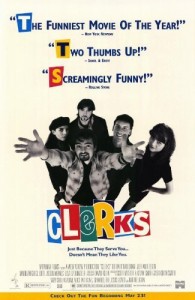
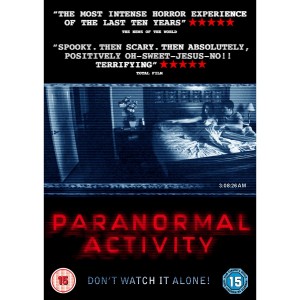

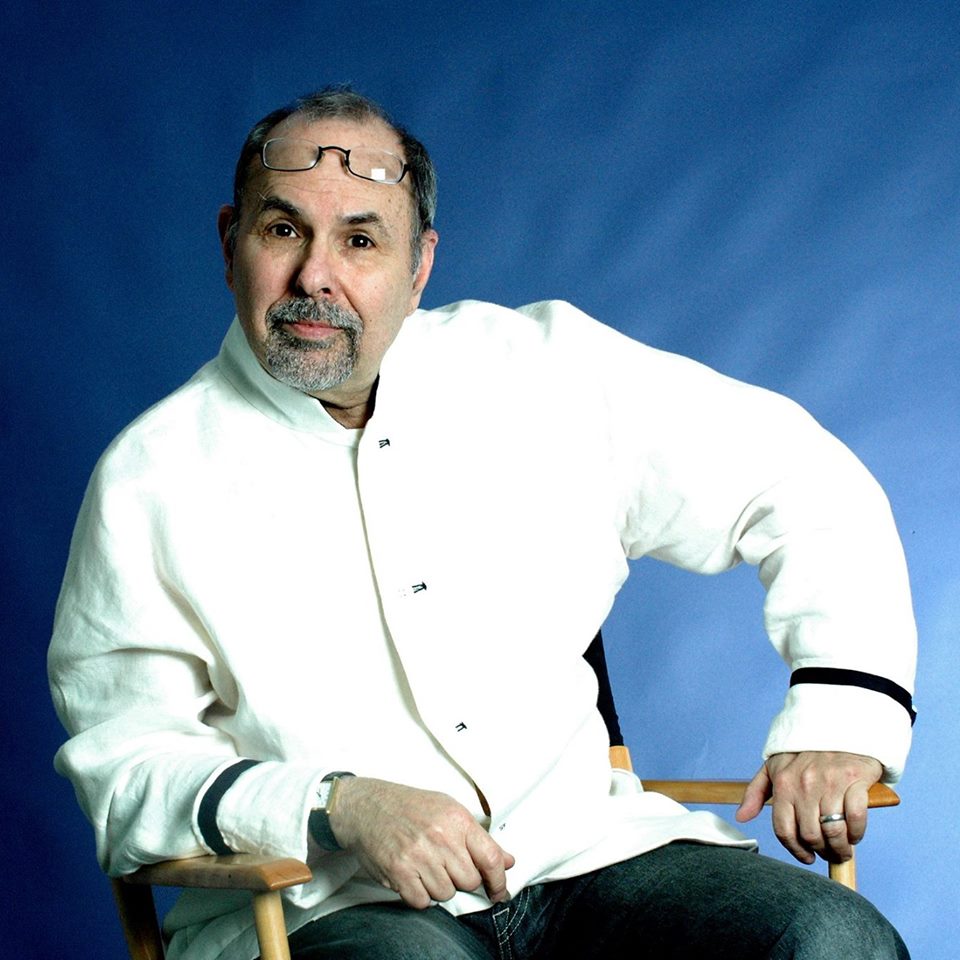
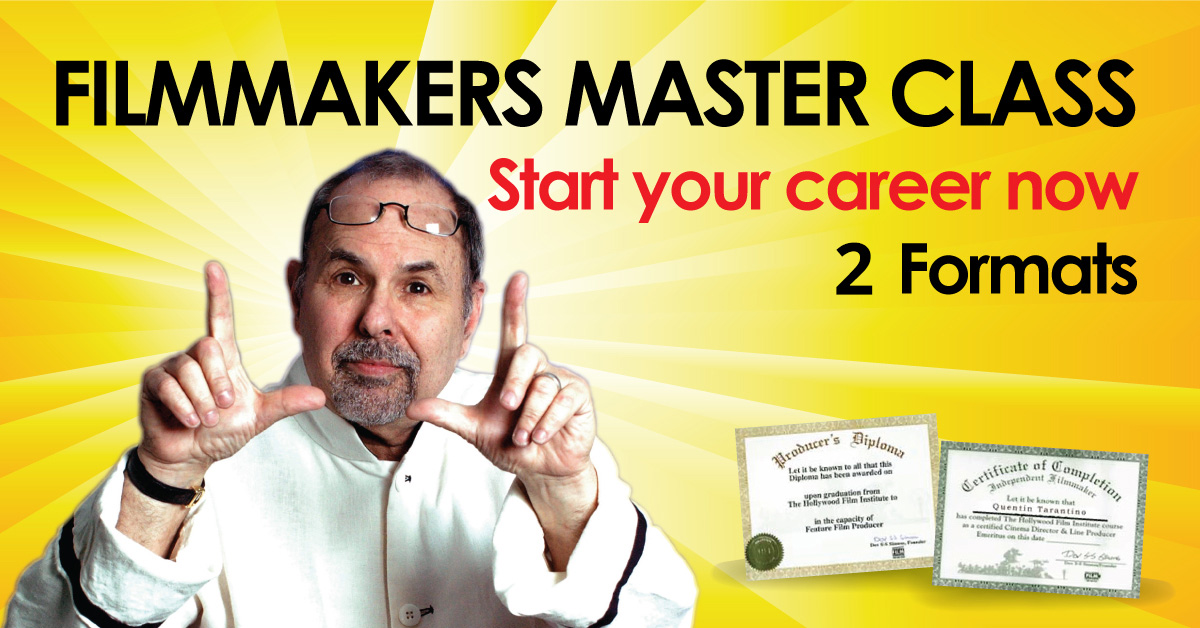

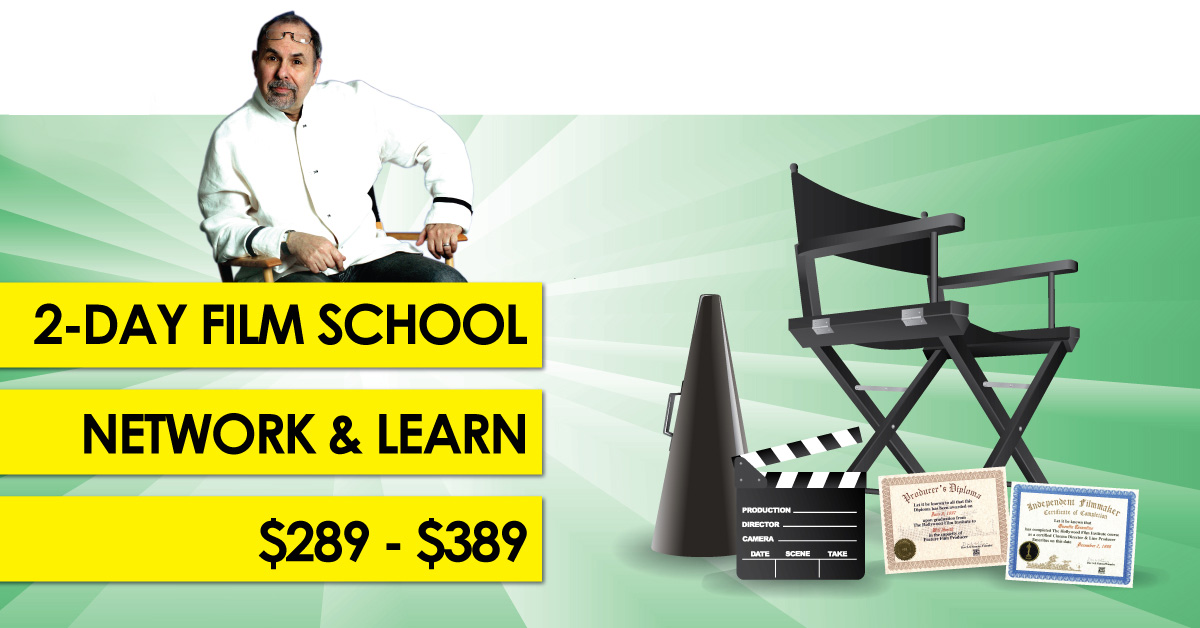
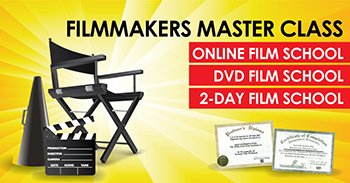
But the actual film that you watch in the theater probably cost the distributor between $100,000 and $200,000, what with the transfer and/or blow up to 35MM, the timing and color correction for a decent DCP, the securing of all music rights, and the payment of insurance premiums (including E&O).